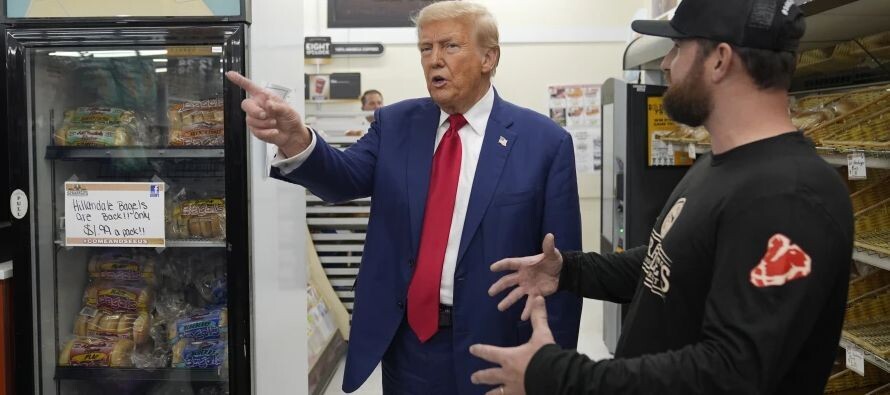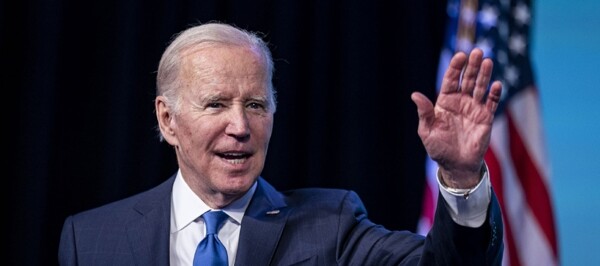
According to the Department of Labor report, wholesale prices in the United States rose last month, suggesting that the country's economy has not yet fully overcome inflationary pressure. The producer price index, which tracks inflation before it affects consumers, increased by 0.2% from September to October, surpassing the 0.1% rise from the previous month. Although wholesale prices remain low, this increase reflects some resistance to declining inflation.
Core wholesale prices, which exclude food and energy, rose by 0.3% since September and by 3.1% compared to the previous year. Despite these figures, the majority of economists believe that inflation will slow down again. The Federal Reserve has reduced its benchmark interest rate twice since September, in a policy shift after having raised it 11 times in 2022 and 2023. Despite the political uncertainty generated by Trump's election victory, questioning the future path of inflation, many experts doubt that this slight increase justifies a pause in rate cuts by the Fed at its upcoming meeting in December.
Inflation began to rise in 2021, when the economy experienced rapid growth following the pandemic recession, which led to shortages of goods and labor. Although reductions in inflation have been observed, it still persists at a level above 2% year-on-year, the Federal Reserve's target. Trump's recent electoral victory and uncertainty about future economic policies have raised concerns about the direction of inflation.
The report on producer prices in October comes after the Department of Labor reported that consumer prices rose by 2.6% last month compared to the previous year. This increase has led to an acceleration in wholesale prices, which are a key indicator for predicting the direction of consumer inflation. Although some sectors, such as health and financial services, have contributed to rising prices, most economists still anticipate a third rate cut by the Fed at its upcoming meeting in December to counteract inflation.













